maris
TPF Noob!
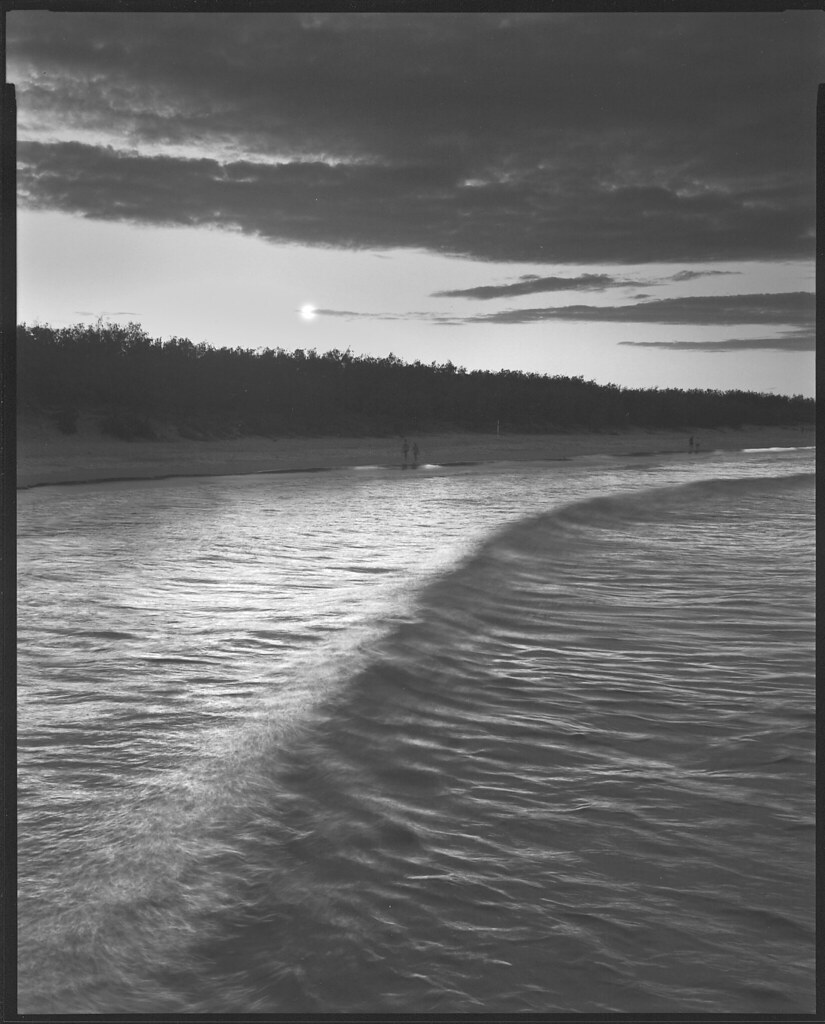
Wave Break, Noosa Beach
HDR has long been part of photography even dating from before the invention of mains electricity. Here for your amusement is an example of how it used to be done.
My Tachihara 8x10 camera was placed on a low rock wall so it could look toward the beach with a plain sea foreground. Focussing was augmented with a back tilt of the rear standard to place the plane of focus along the water surface and through the distant line of trees. The picture would then be all in focus from front to back at any aperture, any shutter speed.
Careful note was made of the upper right-hand corner of the ground glass (bottom left-hand corner of the picture) to establish what part of the sea surface lived there. That patch of sea was committed to secure memory because it would be needed later.
A 6 inch clear plastic ruler was placed on the ground glass of the camera to measure the movement of the wave images. The fastest wave image moved 2 inches in one second. Since I wanted a maximum 1/2 inch blur to imply wave movement but retain wave shape I knew my main shutter speed would be 1/4 second.
The lens was fitted with a Cokin P filter holder carrying a grad ND filter and a #25 red filter. The grad filter was aligned with the tops of the trees. The late afternoon sun shone directly into the lens. A short initial exposure was made at f64 with the result that only the sun disk, some bright threads of cloud, some water sparkle and, faintly, the tree line registered on film. The camera on its tripod was then left completely undisturbed for nearly half an hour while the sun set and the scene darkened.
Before the second exposure the red filter was removed (carefully!) and the shutter re-cocked at 1/4 second. A spot-meter reading confirmed that an aperture of f16 should be set for the assorted dark tones to fall on Zones II, III, and IV. The last element was getting the wave in the right place. Because the ground-glass was blocked by the film-holder that pre-memorised patch of sea was the aim point for the breaking wave. A few seconds later I fired the shutter to catch a nice wave as it swept by.
The final photograph has a sun-disk, some bright clouds and water sparkles, figures on a deeply shadowed beach, and a breaking wave; HDR indeed!
Now that HDR can be done electronically as well as on film it may be a good time to contemplate how much we have gained and, perhaps, what we have lost.


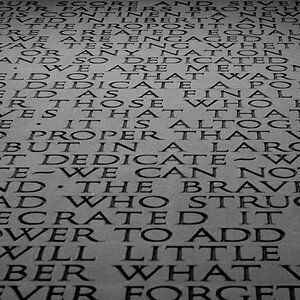




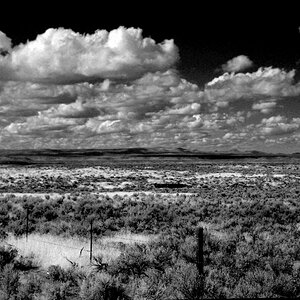

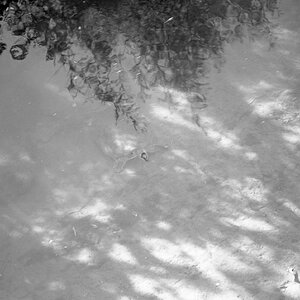
![[No title]](/data/xfmg/thumbnail/35/35670-0571a45fff5cc94fc333fb959ce54517.jpg?1619737091)
![[No title]](/data/xfmg/thumbnail/32/32696-92b490fbf42036986e97d5e60ff2b35e.jpg?1619735599)
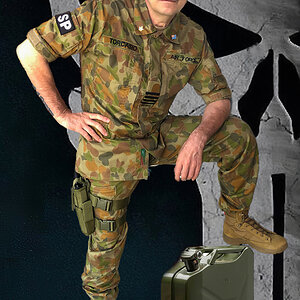
![[No title]](/data/xfmg/thumbnail/37/37617-2a07b7e10a8d9f154e8cd9727551e0ef.jpg?1619738151)